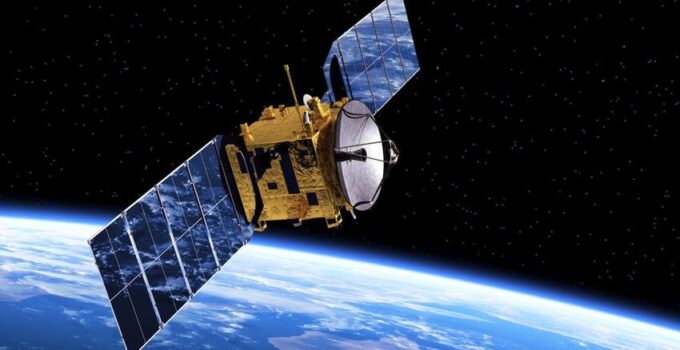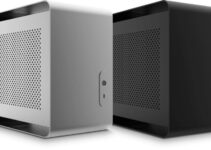Today, the World Wide Web has become such an important part of our daily lives. We not only use it to access information, get the latest news, or to entertain ourselves, but also for studying, doing school work, for business, and communication too. Everyone needs access to it nowadays and it seems that technology and the internet have integrated themselves into our society for good.
However, many people still live in rural areas, far away from any company that might supply a broadband internet service such as cable or fiber or a digital subscriber line (DSL) connection. This leaves people living in the middle of nowhere with very few options when it comes to having a great connection.
There are actually only two to choose from, the first being dial-up, and the second being a satellite. Although not as fast or good as other services, the latter is still great enough for you to scroll through your social media and post on it too, watch TV or movies on streaming service sites, and browse the web. So if you are interested, here are some things to know about it.
Page Contents
What Is It?
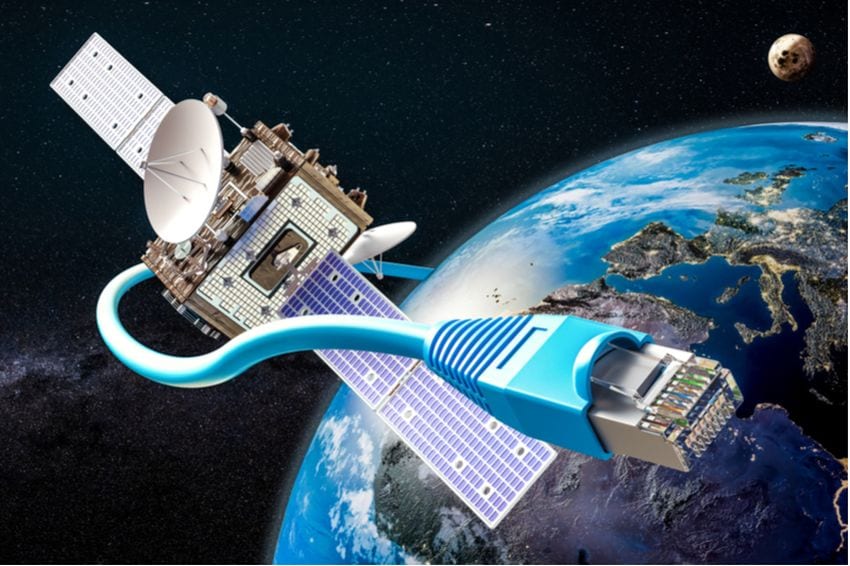
source:verdict.co.uk
It is a protocol that entails, as the name suggests, the usage of satellites to provide an internet connection. However, unlike broadband services, there tends to be a higher latency – the duration of transferring data from one place to another – since the signal and connection are less direct and more susceptible to interference.
How Does It Operate?
It is not a complicated process and works on the principle of emitting signals from your device through a modem to a small satellite dish which then transmits signals up to the provider’s geostationary one in the Earth’s orbit. After receiving the signal, the geostationary satellite will send it to your provider’s hub, who will then direct it back into space, after which the information will be transmitted back to your dish, subsequently to your router, and in the end, to your computer. This process happens every time you open a new page, send an email, download something, and more.
Geostationary satellites are located exactly 22,300 miles or 35,890 km directly above the Earth and in such a location they appear as though they are not moving. However, they actually orbit, following the speed of the Earth’s rotation, meaning that they make a full circle in exactly 24 hours.
What are the Essentials?
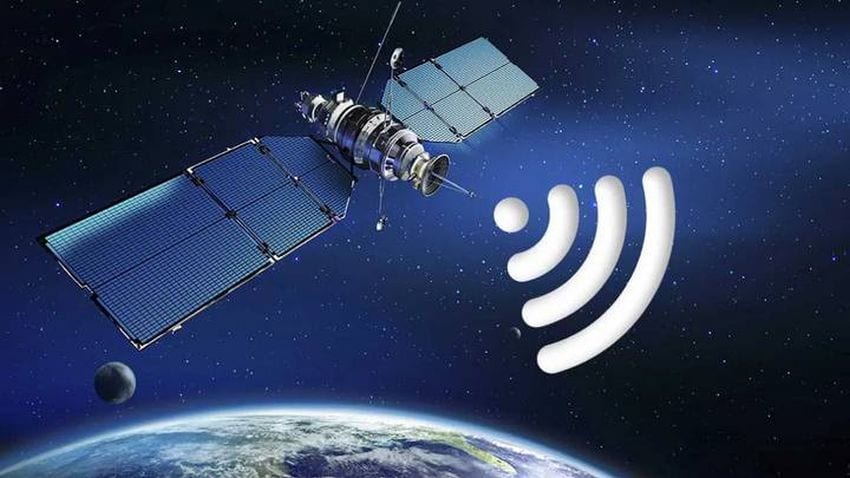
source:verdict.co.uk
As a user, you will need to have a dish that is usually attached to your home and which transmits and receives signals to and from the other satellite. A modem is required since it is the device that converts the signal into information your computer can read. You will also need a router so you can have internet throughout your entire home on which other devices can also connect to.
To avoid interference a clear-line-of-sight is needed and that could easily be calculated by using a simple tool known as a look angle calculator. It simply requires an input of an address and the orbital longitude of the satellite to provide an optimal position and angle for your dish. Make sure you can also easily reach and clean it because snow or debris might cause interference.
Where to Get It?
There are many great providers you can choose from depending on where you live. The technology and speeds have improved immensely in the last few years, meaning that if you live in a remote area, it is a service that is definitely worth getting.
Providers such as HughesNet, even offer unlimited data and a standard installation free of charge. This is great because this type of service usually comes with a data cap which means that you will receive a specified data limit. Once crossed, your connection will become evidently slower and you might be charged extra, although your internet will not be cut off completely. It is advisable to pick a plan based on what your entire family wants to use the service for.
The Service Speeds
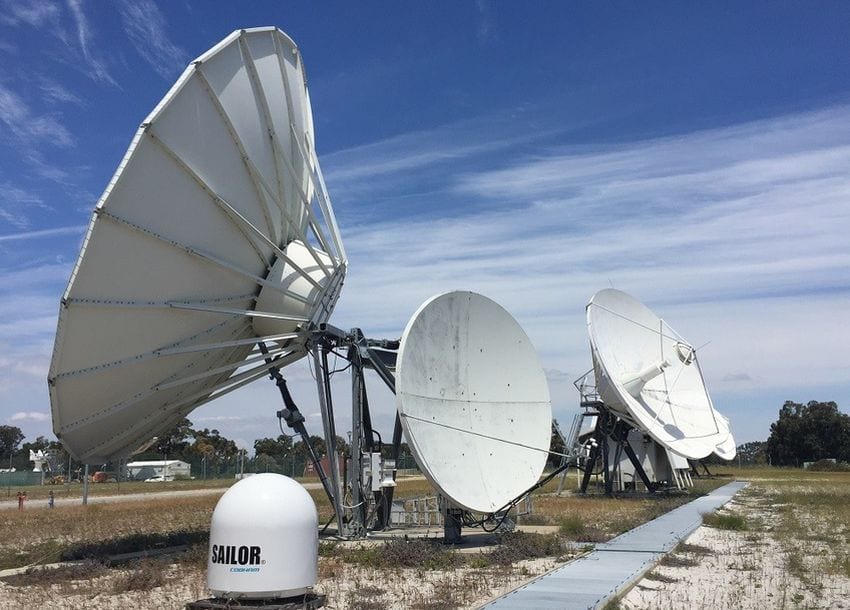
source:engadget.com
It provides fast internet when it comes to download speed and it can range anywhere between 12 to 100 Mbps. However, upload speed is not as impressive, so you might have to wait a good amount of time if you are trying to post, for example, pictures on social media or experience buffering if you are trying to do a live stream.
The Benefits
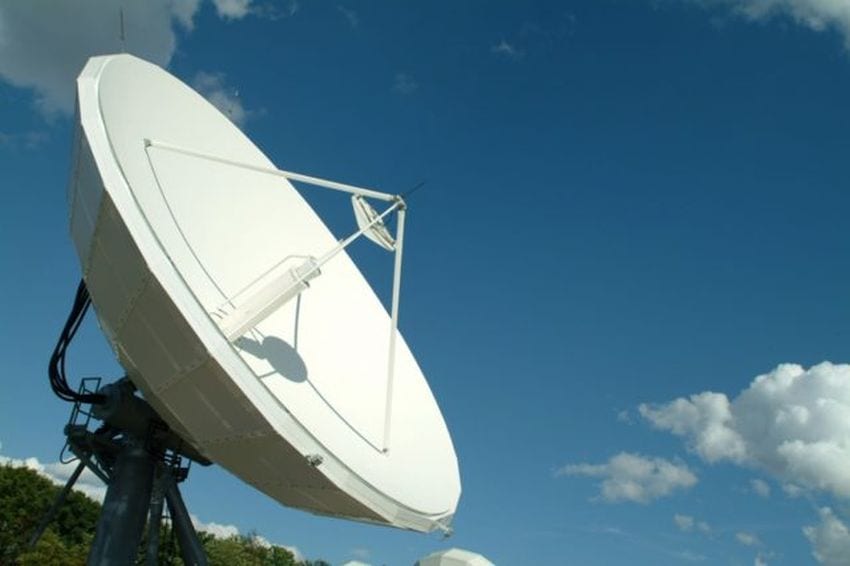
source:engadget.com
No Start-Up – There is no need for turning on or starting your internet since the connection is established at all times. Your phone line is also fully functional and the speed is never affected by any cable or phone line problems since the service works independently from the two.
Coverage – The geostationary satellite can cover vast areas of land and nearly any location on Earth, meaning that your place of residence is totally irrelevant when it comes to this type of connection. All you require is a power supply and a clear, uninterrupted view.
Speed – Between two connectivity options, this is the one to opt for since it is about 9 times faster than almost any dial-up connection. Moreover, even when multiple devices are connected to it, the speed remains the same, saving you from a lot of stress and frustration.
Cost-Effective – Investing in laying even a mile of fiber or cable for a broadband connection is extremely expensive, not to mention that it can take months to complete. This is why this type of service is the most affordable and effective, especially when your options are limited.
Reliability & Resilience – It uses less equipment on the ground, meaning that there are lesser chances for network outages. Even if the network is damaged during a storm or harsh weather conditions, it is restored much quicker when compared to other types since it does not depend on local infrastructure and can work independently from it.
Conclusion
The service is affordable and will allow you easy access to the World Wide Web. It is a great alternative if you live in rural areas, far away from service providers. If you have finally decided to give it a try, you will see for yourself exactly how great it is and also, all the benefits it will offer to you and your family.

